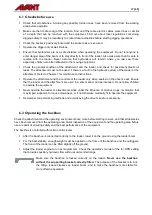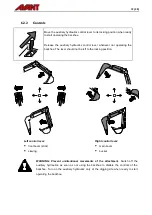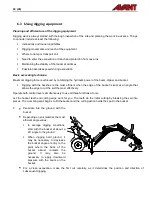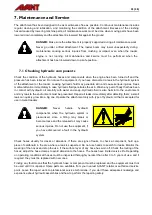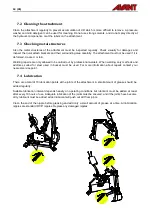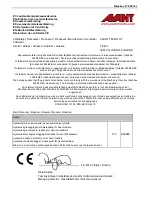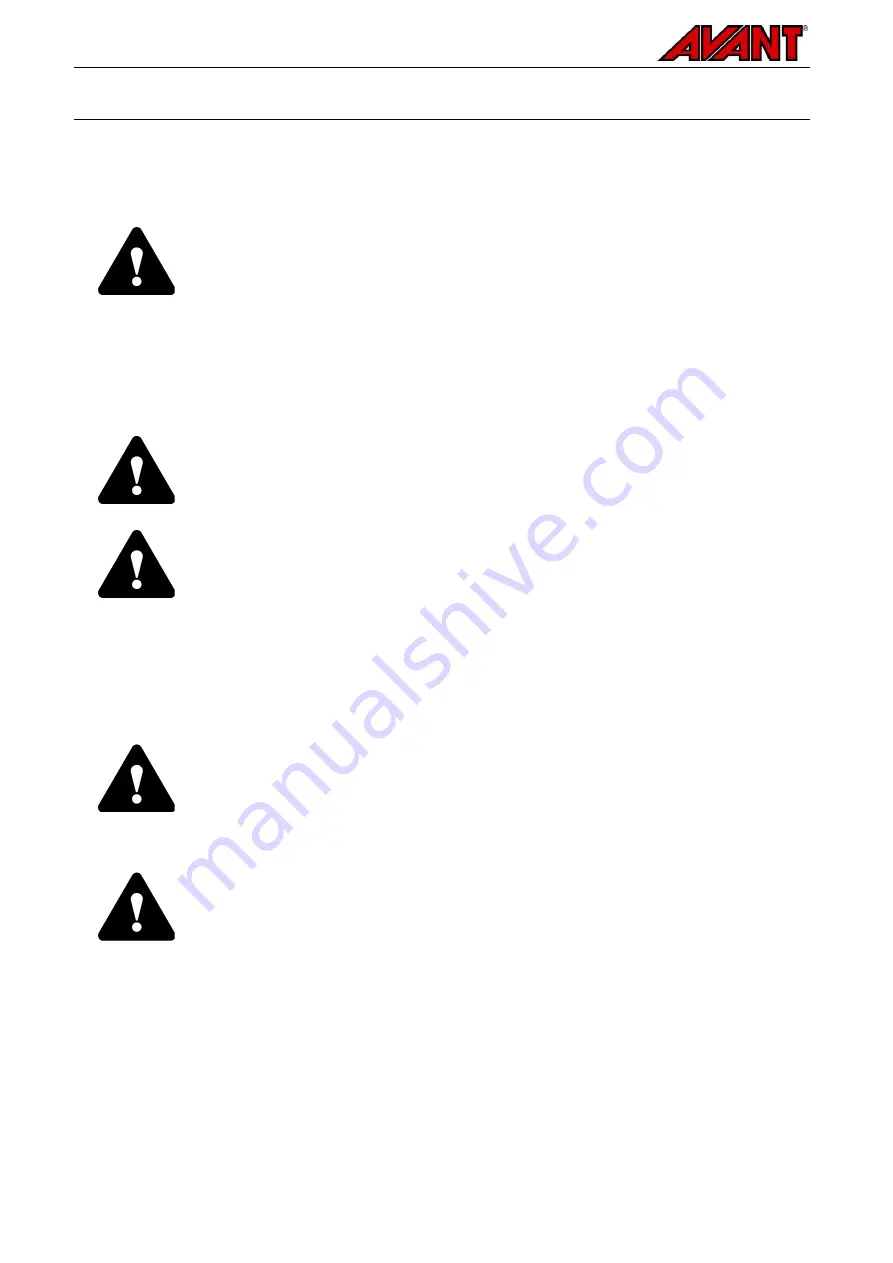
16 (28)
6.
Instructions for use
Check the attachment and the operating environment once more before starting to work, and that all obstacles
have been removed from the operating area. Quick inspection of the equipment and the operating area before
use are parts of ensuring safety and the best performance of the equipment.
WARNING
: Risk of tipping over - Hazard of impact and getting thrown. Avoid overload
and keep heavy load close to the machine. Always wear seat belt.
Pay attention that a heavy load or long distance between the loader and the centre of
gravity of the load will affect the balance and handling of the loader. The use of additional
counterweights is recommended especially when operating smaller loader models. For
200-series loader the wheel weights are recommended. With heavy loads, the telescopic
boom must be kept retracted while moving with the loader.
WARNING:
Caving in hazard at the excavation and around it. Do not drive along the
edge of an excavation. Mark or fence the digging area and keep others away.
Know the soil type. Loose soil can cave in easily.
Inspect the job site and take notice of any potential hazards in the area. If it is necessary
to reinforce the trench, have materials ready when starting trenching. Pile loose soil far
enough from the trench, never right next to it. Enter trench only after thoroughly
evaluating the safety of doing so. Local requirements may set limits to depth of a trench
without reinforcements.
CAUTION:
Risk of falling of load and loss of stability - Never lift objects with the backhoe.
The backhoe is not intended to lift loads and is not equipped with lifting eyelets for lifting
objects.
WARNING:
Never allow anyone to get under the raised load or the loader boom. Keep in
mind that the loader boom can be lowered or tilted even if the engine has been shut down
(crushing hazard). The loader is not intended to be left to keep a load elevated for longer
periods. Always lower the attachment to a safe position before leaving the driver's seat.
















